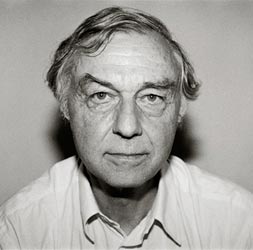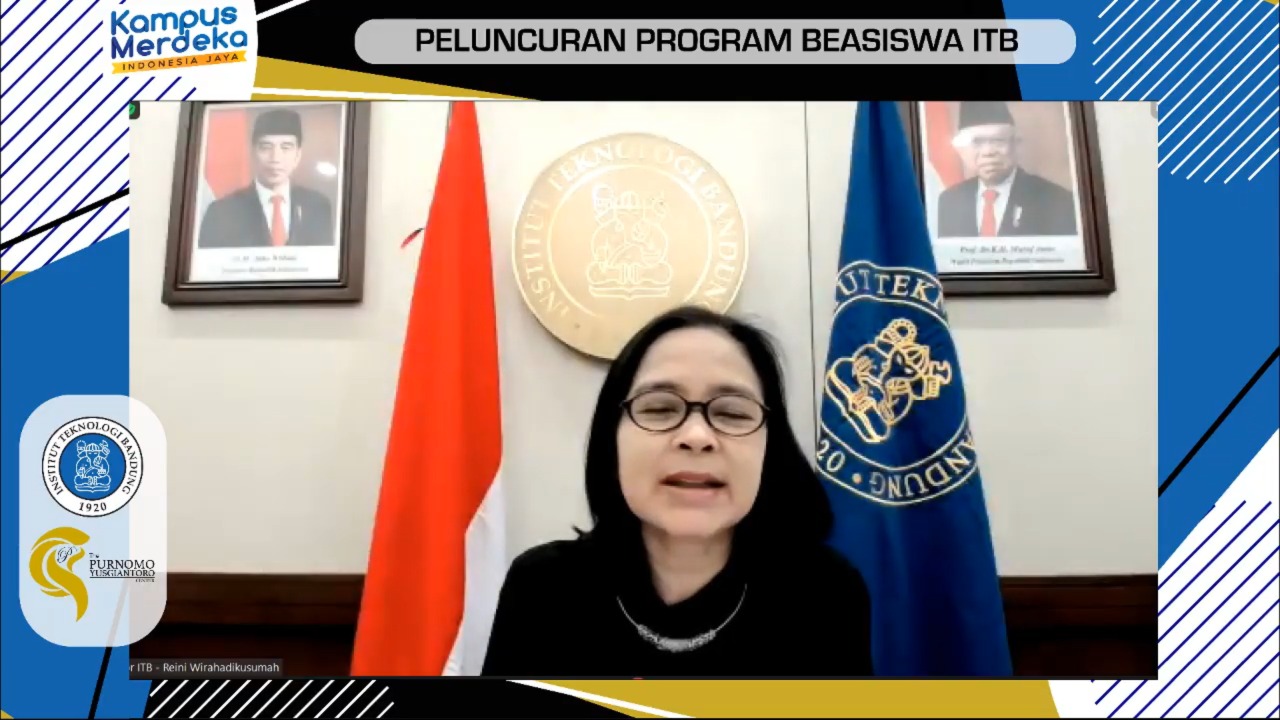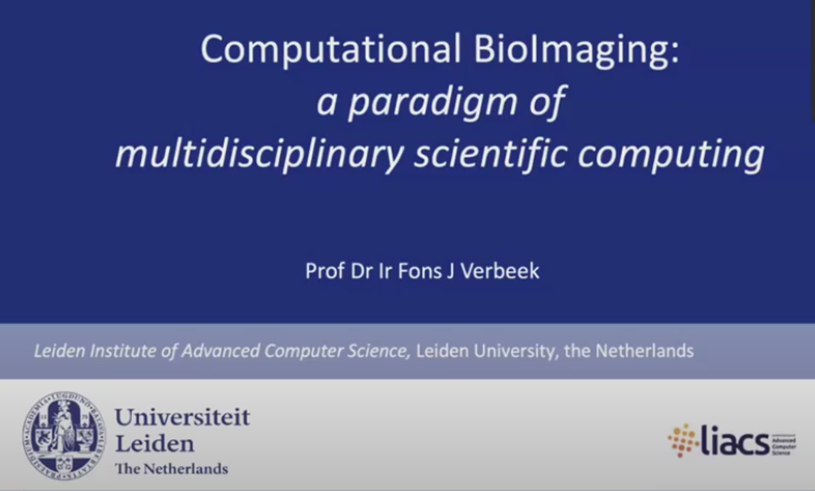ITB awarded a Nobel Prize Laureate Prof. Robert Huber
By UKM Student English Forum
Editor UKM Student English Forum

 Bandung, itb.ac.id - After finishing his scientific speech at the Freshmen Enrollment Open Assembly, Prof. Akhmaloka gave the Ganesha Widya Jasa Utama Award to Prof. Robert Huber in Sasana Budaya Ganesha (Sabuga) on Tuesday (02/08/2011). In that ceremony, this Nobel Prize Laureate year 1988 gave a scientific lecture in front of 5217 new students.
Bandung, itb.ac.id - After finishing his scientific speech at the Freshmen Enrollment Open Assembly, Prof. Akhmaloka gave the Ganesha Widya Jasa Utama Award to Prof. Robert Huber in Sasana Budaya Ganesha (Sabuga) on Tuesday (02/08/2011). In that ceremony, this Nobel Prize Laureate year 1988 gave a scientific lecture in front of 5217 new students. In his acknowledgements, ITB's rector Prof. Akhmaloka Ph. D said, "Today we have a special guest, winner of Nobel Prize in Chemistry, Prof. Robert Hubert who will give his lecture in this wonderful ocassion. Hope this will broaden student's knowledge so that they can achieve a lot of benefit in the future".
Head of Huber Visit Comission and also Chief of International Year Chemistry (IYC), Prof. Dr. Ismunandar recounted that Prof. Robert Huber is Director emeritus Max-Planck-Institut fuer Biochemie Martinsried Germany. Furthermore, he is a staff in Fakultat fur Cemie, Techische Universitat Munchen, he is also a staff in School of Bioscences, Cardiff University, Cardiff, UK and a staff in ZMB, Universitat Duiesburg-Essen, Germany. He is also actively participated ini various social activity around the world.
Prof. Robert Huber's visit was a part of UN's act on the decision to make 2011 an International Year of Chemistry.In relation to that, ITB together with Chemistry Union Indonesia (Himpunan Kimia Indonesia, HKI) invited this Nobel Laureate to celebrate IYC 2011.
"Learning spirit inside Prof. Huber must be appreciated and followed.
Also, this visit aims to increase society's knowledge abut chemistry", said Ismunandar about the visit.
In his 51 year, Prof. Huber receive Nobel for his long study about protein's structure using crystalography technique. His study included physics, biology, and of course chemistry. "Photosynthesis activity can be observed from outer space", he explained. That was the reason why he was interested in a more complex photosynthesis process.
"In my study, I observed all of the activity using crystalography and equipped with electron microscope", Huber recounted. Using those technique, photosynthesis process which divided into photosystem I and photosystem II would be much easier to understand. At the end of his lecture, Huber invited the freshmen to visit him in Germany for expanding their knowledge and sharing about his research.

.jpg)

.jpg)
.jpg)
.jpg)


